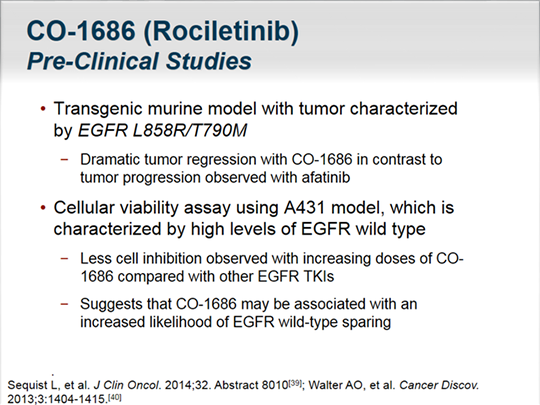

Processive nucleotide addition cycles result in the growth of the RNA transcript that is then extruded from the polymerase through the exit channel, accompanied by translocation of the polymerase along the template. During elongation, RNAP maintains a 9–10 nucleotide RNA:DNA hybrid within the transcription bubble through the templated addition of ribonucleotides (reviewed in ( 1)). Gene expression involves synthesis of RNA transcripts by RNA polymerases (RNAPs) across all domains of life. The results explain pathway choice determining the fate of the EC and provide a molecular mechanism for transcription modulation by TRCF. Further, biophysical studies revealed that the motor domain of Mfd binds and partially melts DNA containing a template strand overhang. After long-lived residence in this catalytically poised state, ATP hydrolysis by Mfd remodels the EC through an irreversible process leading to loss of the RNA transcript. We found that nucleotide-bound Mfd converts the elongation complex (EC) into a catalytically poised state, presenting the EC with an opportunity to restart transcription. With Escherichia coli as a model, we used single-molecule assays to study dynamic modulation of elongation by Mfd, the bacterial TRCF. Precisely how TRCFs choose to execute either outcome remains unclear. The transcription-repair coupling factor (TRCF) recognizes paused/stalled RNAPs and either rescues transcription or initiates transcription termination. Elongation by RNA polymerase is dynamically modulated by accessory factors.


 0 kommentar(er)
0 kommentar(er)
